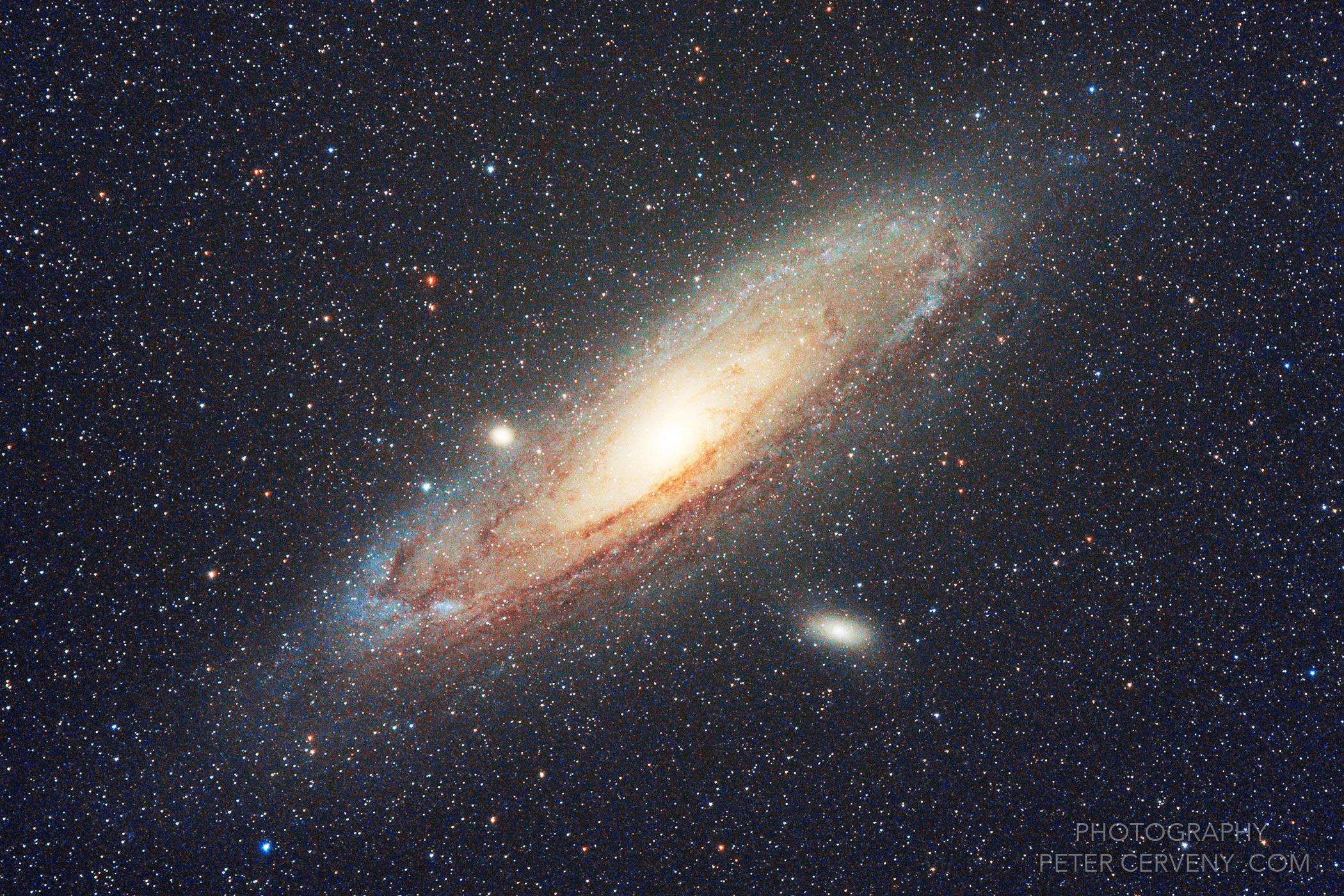Overview Grid
Nebulae Info
v Scroll menu for more v
- Caldwell 49 Rosette Nebula
- CG4 Nebula
- GUM 37 Southern Tadpole Nebula
- IC434/B33 Horsehead Nebula
- IC443 Jellyfish Nebula
- IC1396A Elephant's Trunk Nebula
- IC4592 Blue Horse Head Nebula
- IC4604 Rho Ophiuchi Nebula
- IC5070 Pelican Nebula Closeup
- Large Magellanic Cloud
- LDN43 The Cosmic Bat Nebula
- M1 Crab Nebula
- M8 Lagoon Nebula
- M16 Eagle Nebula
- M20 Trifid Nebula
- M27 Dumbbell Nebula
- M42 Orion Nebula
- M57 Ring Nebula
- M78 Reflection Nebula
- NGC1977 Running Man Nebula
- NGC2170 Reflection Nebula
- NGC2264 Christmas Tree Nebula
- NGC2359 Thor’s Helmet Nebula
- NGC3372 Eta Carina Nebula
- NGC3576 Statue of Liberty Nebula
- NGC5367 in CG12 Nebula
- NGC6188 Firebird Nebula
- NGC6334 Cat´s Paw Nebula
- NGC6559 Reflection Nebula
- NGC6820 Emission Nebula
- NGC6960 Western Veil Nebula
- NGC6992 Eastern Veil Nebula
- NGC7000 North America Nebula
- NGC7293 Helix Nebula
- NGC7380 Wizzard Nebula
- NGC7635 Bubble Nebula
- RCW85 Nebula
- Rho Ophiuchi cloud complex
- Sh2-136 Ghost Nebula
- Sh2-308 Dolphin Nebula
- Simeis147 Spaghetti Nebula
Galaxies Info
v Scroll menu for more v
- M31 Andromeda Galaxy
- M51 Whirlpool Galaxy
- M66 Galaxy
- M81 Bode's Galaxy
- M82 Cigar Galaxy
- NGC253 Sculptor Galaxy
- NGC891 Silver Sliver Galaxy
- NGC1365 Fornax Propeller Galaxy
- NGC1566 Spanish Dancer Galaxy
- NGC3628 Hamburger Galaxy
- NGC4038/39 Antennae Galaxies
- NGC5078 Galaxy
- NGC5128 Centaurus A Galaxy
Clusters Info
v Scroll menu for more v
- Albireo Beta Cygni
- Hyades
- M13 Hercules Globular Cluster
- M45 Pleiades
- M37 Salt and Pepper Cluster
- M44 Open Cluster
- M103 Open Star Cluster
- NGC884/869 Double Cluster
- NGC2516 Diamond Cluster
- NGC3532 Wishing Well Cluster
- Noctilucent Clouds
- Perseid Meteor
Overview Grid

The Andromeda Galaxy, also known as Messier 31, M31, or NGC 224, is a spiral galaxy approximately 780 kiloparsecs (2.5 million light-years) from Earth. It is the nearest major galaxy to the Milky Way and was often referred to as the Great Andromeda Nebula in older texts. It received its name from the area of the sky in which it appears, the constellation of Andromeda, which was named after the mythological princess Andromeda.
Andromeda is approximately 220,000 light years across, and it is the largest galaxy of the Local Group, which also contains the Milky Way, the Triangulum Galaxy, and other smaller galaxies. Despite earlier findings that suggested that the Milky Way contains more dark matter and could be the largest in the grouping, the 2006 observations by the Spitzer Space Telescope revealed that Andromeda contains one trillion (1012) stars: at least twice the number of stars in the Milky Way, which is estimated to be 200–400 billion. The mass of the Andromeda Galaxy is estimated to be 1.5×1012 solar masses, while the Milky Way is estimated to be 8.5×1011 solar masses.
| Object |
M31 or NGC 224 - Andromeda Galaxy with M32 and M110 Galaxy involved |
| Constellation: | Andromeda |
| Position: | RA 0h 42m 44,31s DEC +41° 16′ 09,4″ |
| Apparent Size: | 186 × 62 arcmin |
| Apparent Magnitude: | +3.5 |
| Distance in light years: | 2.54 Mly |
| Photo Data | |
| Date of Expose: | 30.10.2016 |
| Location: |
Knottenried/Oberallgäu/Germany (1002m ASL) GPS: 47°36’13“ N / 10°11’24“ E |
| Telescope: | Canon f/2.8 300mm L IS USM I |
| Camera: | Sony A7Ra mod @ T sensor = +6.5°C |
| Field of View: | 6.85° x 4.58° |
| Pixel Scale/Resolution: | 3.34 arcsec/px |
| Expose frames/times: | OSC RAW 11x30s, 5 darks, ISO 3200 |
| Total expose: | 5 min 30s |
| Filter: | no |
| Mount: | HPS 10Micron GM 3000 |
| Software: | DSS 3.3.4, Photoshop CC |
| Remarks: |
© Photos and photo data by Peter Cerveny
© Object description/intro text fully or partially by Wikipedia,
which is released under the Creative Commons Attribution-ShareAlike 4.0 International License